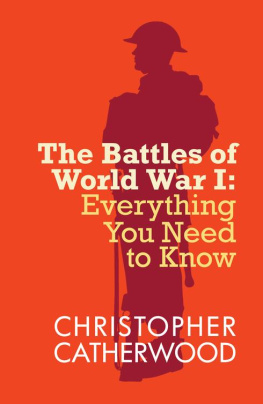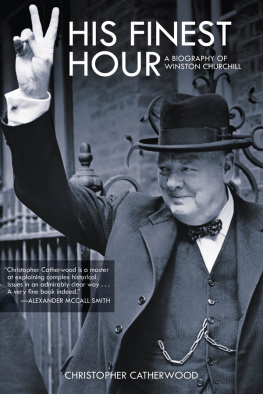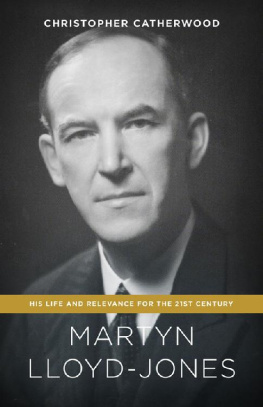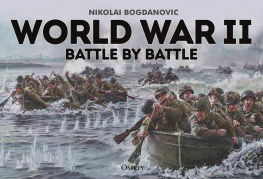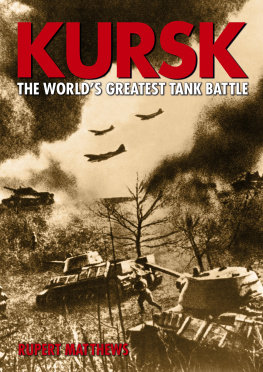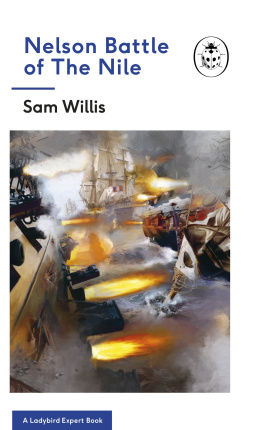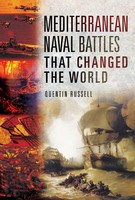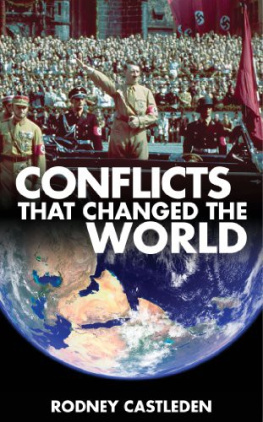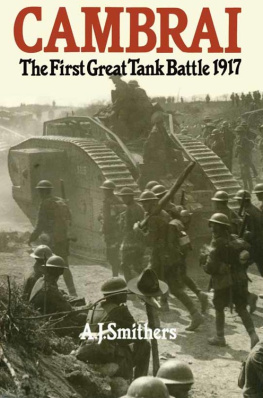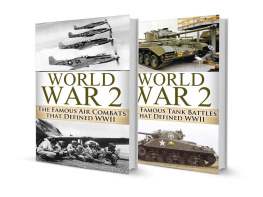The year 2014 heralds the centenary of the beginning of perhaps the most important war in history. Because of World War I many of the extraordinary events and creations of the twentieth century came about. Outstanding examples would include: the Russian Revolution, the rise of Nazism, World War II, the origins of the state of Israel and the creation of several new countries without regard for ethnic mix or ancient rivalries.
Many excellent books have been published recently to begin the commemorative process for this landmark centenary event. Most of them have one thing in common they are substantial in length. Some of these books, such as those by Max Hastings and Margaret MacMillan, also take us no further than the end of 1914. If they were to cover the whole war they would be several volumes. This is indeed the case for the series that Professor Hew Strachan at Oxford University is now writing.
What, though, if you want just a straightforward overview of some of the key battles of World War I? In an ideal world we would have time to read long books, but in practice there is always a place for something shorter and more succinct. This book aims to fulfil the quest for the latter: a work that gives the key battles and their outcomes in nutshell form.
Brevity, of course, means that some things need to be left out. Regimental histories are great at telling us what brave lieutenant or sergeant accomplished what heroic feat, but with battles containing hundreds of thousands of troops from dozens of regiments, such microscopic detail becomes impossible. Thankfully the Imperial War Museum believed from early on in oral history. The memories and letters of countless British soldiers are not only there to inspect but have been published as well. Precise accounts of individual regimental movements down to unit level are best left to such works. But the bigger picture is also important, and the interpretation and significance of the various confrontations lie at the heart of this particular book.
Inevitably some memorable battles have also had to be omitted. Much of the war in Flanders and northern France from late 1914 until the summer of 1918 consisted of futile attempts by the British and French to batter through German lines. Millions of soldiers died in the horror of the trenches, in the attempt to gain but a few yards of enemy land. And the outcome of many of these battles, each one seen at the time as being so vitally important for the descendants of those who took part in them, sadly ended up being just as fruitless. Only the truly epic clashes such as the Somme or Passchendaele stand out, often, tragically, because of the sheer scale of the carnage involved.
In addition, I have not given details of the Home Front, which has been ably documented in a recent book by Jeremy Paxman. In concentrating on individual battles I have mentioned their context, so some of the background wider history of the war does come in through that route.
Some other issues are important to note.
Firstly, no one ever seems to agree on precise casualty figures. Even standard works disagree with each other, and one of these, by Correlli Barnett, shows that this can sometimes lead to discrepancies of several million deaths. The figures for Britain and its colonies tend to be somewhat more precise, but the reporting of German and Russian figures can differ wildly. Wikipedia is tremendously helpful as a starting point. However, some of the details there need to be checked against other statistics for a different point of view.
Secondly, town names change, and sometimes have changed more than once. St Petersburg briefly became Petrograd, then Leningrad for many years before becoming St Petersburg again. Towns in German Poland changed their names, as did cities in Austrian-ruled Galicia or Bohemia. I have tried to use the name that was employed at that time.
Finally, it is important to emphasise that, if we are to get a balanced picture of the whole war, we need to look beyond the Western Front. Communism came to power as a result of the stalemate on the Eastern Front. So desperate were the Germans to get Russia out of the war that they sent Lenin back home from exile in Switzerland. The plot worked. The Communists under Lenin took power and withdrew from the conflict. But the world then had seventy-four years of the USSR. During that time millions were killed by the secret police. What became the Cold War lasted from the 1940s down to more recent times.
This book is being written against the backdrop of acute conflict in the Middle East. Many attribute this tragically fairly normal state of affairs to the creation of Israel in 1948. But with no British capture of Jerusalem in 1917 there would have been no Israel to create thirty-one years later. Similarly, without the capture of Damascus in 1918 there might have been no Syria in existence to have a civil war in our own time.
This is an overview, therefore, of battles on both Eastern and Western Fronts. By and large I have not given many eyewitness accounts, since these are readily available in much longer books listed in the bibliography, online through the BBC or Imperial War Museum. Maps are a necessary aide to understanding the geography of war. Todays interactive online maps are superior to classic static ones. The bibliography lists some of the more helpful of these. This work is, if you like, a starter course, designed to whet the appetite for people to gain the aerial photograph view of the war and its causes. The results of World War I are still with us a century later, so that is the focus of much of our book. It looks not just at the key battles of long ago, but at the impact that they have had on the world we live in today.
In Flanders fields the poppies blow
Between the crosses, row on row
In Flanders Fields (1915) by John McCrae, probably the best-known poem of the First World War, reminds us all too vividly of the horrors of that conflict. To the poets images we can add men sitting in trenches preparing to go over the top, cratered landscapes resembling the moon, poison gas and lists of the dead found in nearly every town square, church and school. A generation of young men lost and to what purpose?
These memories of the First World War remain with us, even though the last veteran died a few years ago. Every year we still stand silent on the eleventh hour of the eleventh day of the eleventh month, and recall all our war dead. With more recent deaths in places such as Iraq and Afghanistan fresh in our national consciousness, it has become easier to understand again the human sacrifice and sense of loss with every ending of life in combat. War does not seem so remote to us any more. We can therefore get a better grasp of what happened in 19141918 than during the recent long years of peace. World War I is relevant again.

